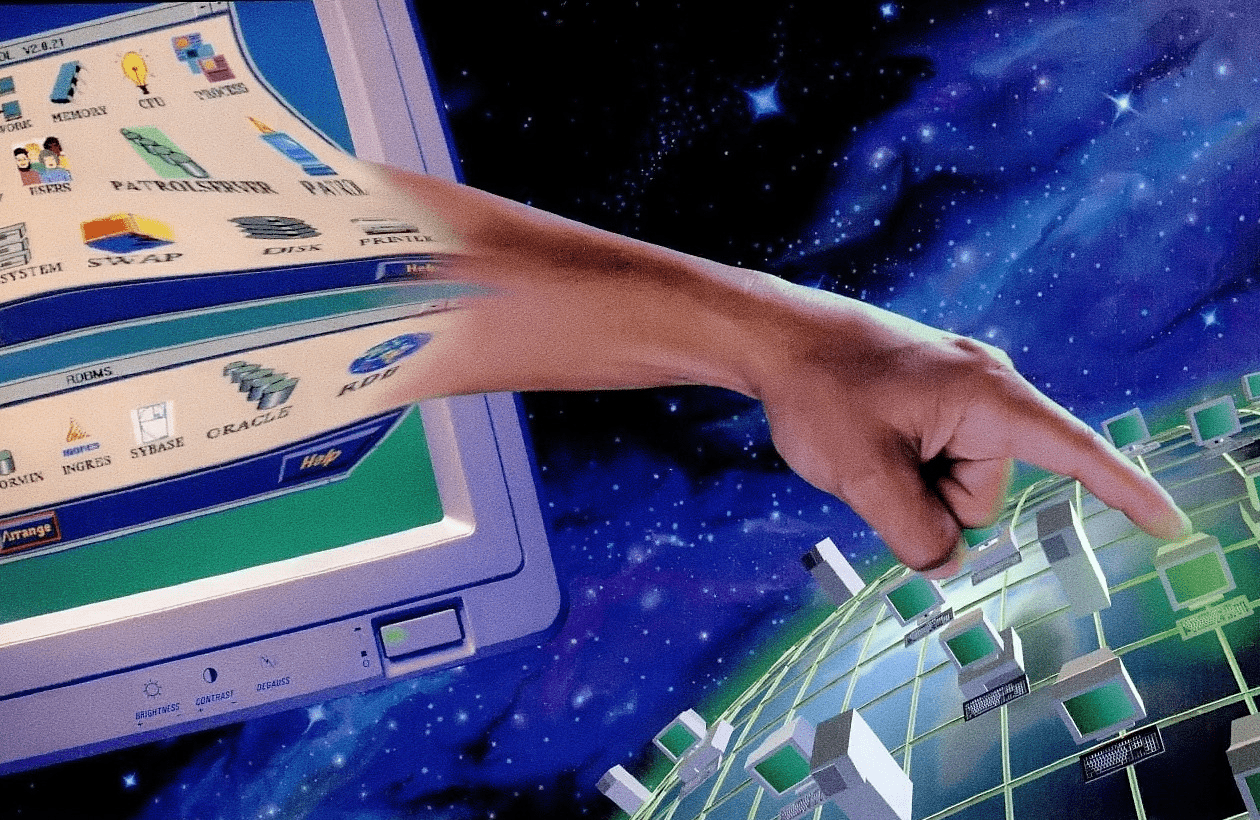In 2017, Hewlett-Packard Enterprise (HPE) claimed to have built the world’s largest single-memory computing system, boasting a machine that could hold 160 terabytes of memory. In comparison, the iPhone 7 only has two gigabytes of random-access memory—electronic data that can be accessed at the same speed regardless of its location in the device’s storage—less than one per cent of HPE’s prototype. The history of computing power is humbling, and a glance into its evolution demonstrates the considerable improvements that technology has undergone in a relatively short period of time.
The first digital computer, the Electronic Numerical Integrator and Computer (ENIAC), was built between 1943 and 1945, after University of Pennsylvania physicist John Mauchly had the idea for an all-electronic calculating machine. Luckily for Mauchly, his concept of a digitized accountant caught the attention of the United States Army; through the Army’s funding, ENIAC was born, and was put to use first by the military to calculate artillery firing tables. Composed of 18,000 vacuum tubes, occupying 1,800 square feet of space, and weighing 30 tonnes, ENIAC was the first general-purpose digital computer.
The word “computer” took on a different meaning in the mid-twentieth century. ENIAC was, at its core, a glorified calculator, capable only of simple arithmetic. ENIAC also had no central memory. Instead, it had a series of twenty accumulators: Temporary storage locations which could each store one 10-digit decimal number. At the time however, this was the pinnacle of computing technology.
Speaking with The McGill Tribune, Michael Smith, a professor in the Department of Sociology, explained the drive behind the development of computers.
“ENIAC was a contract between the University of Pennsylvania and the [United States] Defense Department,” Smith said. “The next big step [in computer development], however, came from a private company, a part of AT&T called Bell Labs. [Their invention of] the transistor made it possible to use much more compact switches than the vacuum tubes in ENIAC.”
Smith noted that the American government strongly supported AT&T in improving their technology.
“At the time, AT&T was a regulated monopoly, which meant it was a company that had a monopoly supported by regulation,” Smith said. “AT&T, through Bell Labs, was buying off the Justice Department by providing innovative work […] in exchange for the Justice Department refraining from suing them for anti-trust violations. They were able to [keep their regulated monopoly] by demonstrating their utility as a source of innovation.”
These partnerships, Smith said, illustrates that the development of computers and their uses have depended on the interests of the U.S. military and private industries.
The question naturally arises of how computers transitioned from military uses to the personal uses we have today. This, explained Smith, came from the continuous exchange of ideas between the people responsible for developing computer technology and the eventual numerous users exploring its possible functions.
“Computers can be considered something called ‘general purpose technology,’” Smith said. “They have multiple potential uses, but it takes a while to figure out what those uses might be, and how to use the technology efficiently [….] At the same time, you also have users exploring its possibilities. In the case of the mainframe computer, universities played a role not so much in developing all of the parts […] but also providing an intellectual link between commercial users and the military.”
On Sept. 12, 1958, Texas Instruments released the first integrated circuit, or microchip. Microchips are made using photolithography, a process where geometric shapes are transferred onto a semiconductor surface. They could hold 1000 transistors—devices used to convert electronic signals. These advancements made computers faster and smaller, and also increased their ability to function properly.
Today, the evolution of computers is evident. To celebrate ENIAC’s 50th anniversary in 1995, the University of Pennsylvania redesigned the computer using modern integrated circuit technology. The once gigantic machine could now fit in the palm of a hand.
Science Rewind is a new column from Science & Technology that explores the evolution of the inventions that shaped modern society, guided by a set of three questions: What did we know then? What do we know now? And how has our society changed because of it?








